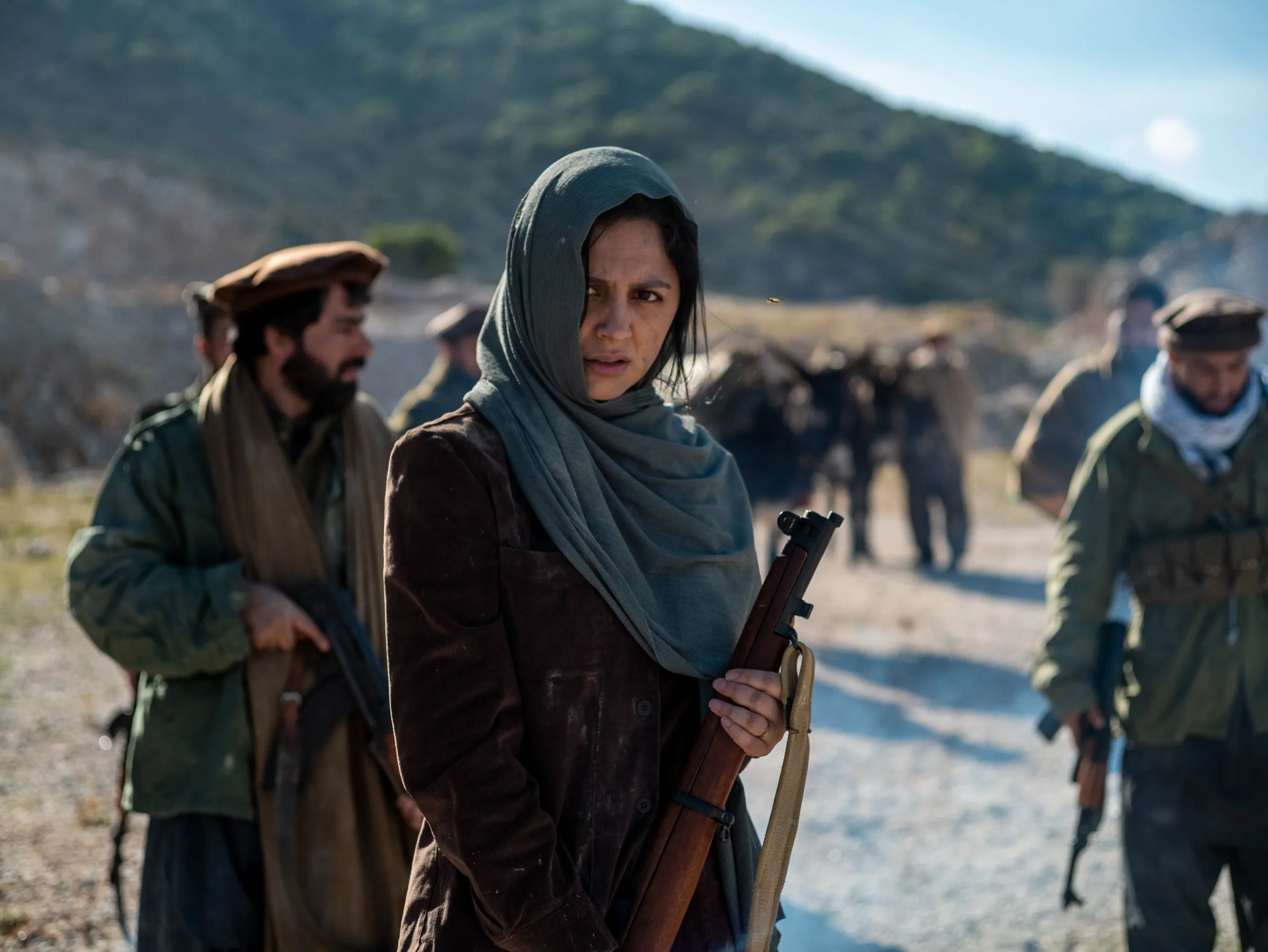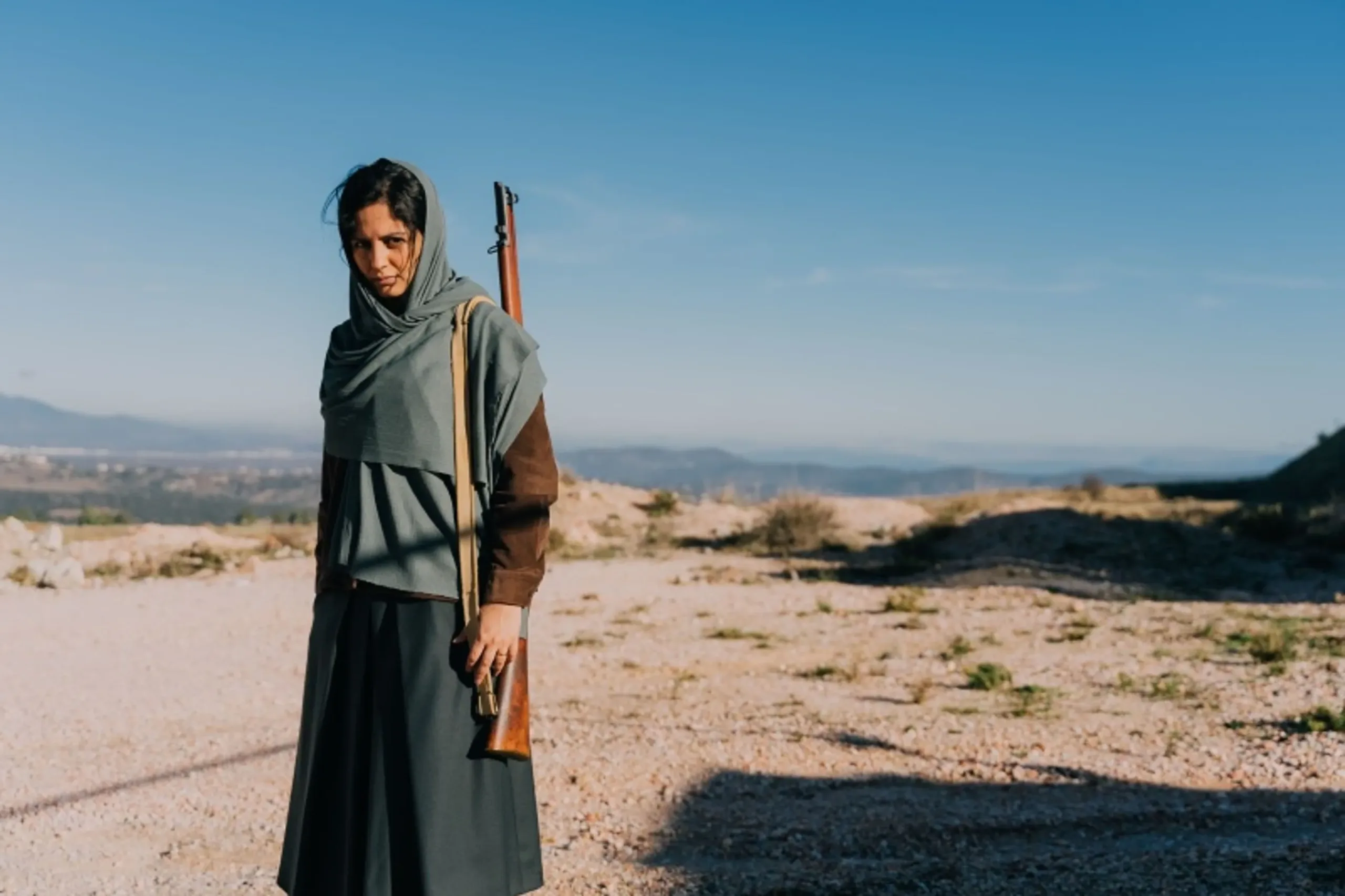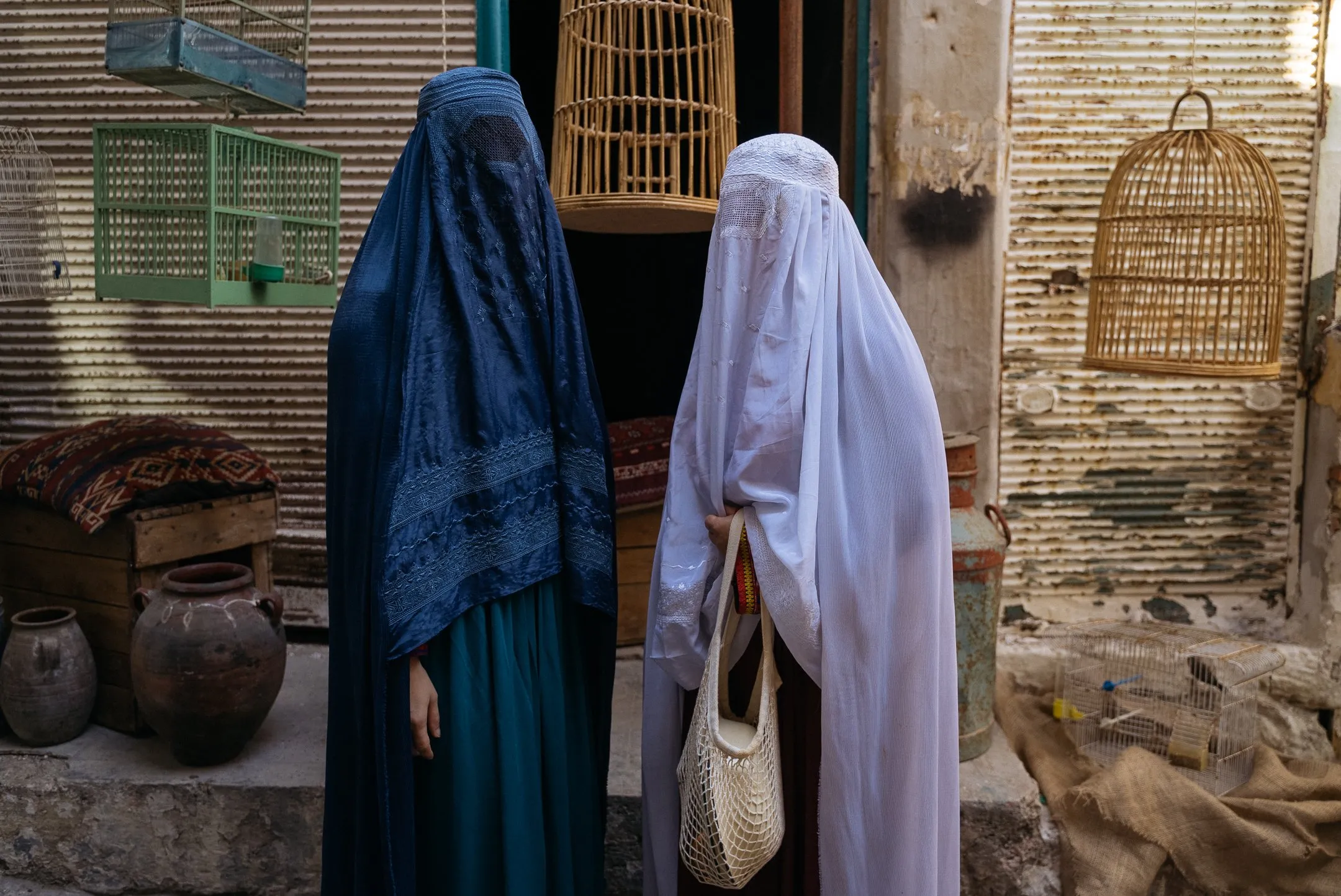In the late 1970s, Afghanistan stood at a critical crossroads, suspended between socialist aspirations and the imminent Soviet invasion. The political chaos of this period created a precarious environment for potential social shifts—especially for women.
As the country explored new ideas, the fleeting moment for women’s learning and self-determination quickly transformed into a contested space, where possibility wrestled against deeply rooted societal constraints and emerging conservative pressures.
For Suraya and Sima, the film explores the fragile interplay between personal dreams and external threats. Their connection, rooted in a shared vision of societal change, becomes increasingly complex as they confront the oppressive dynamics of external intervention and internal ideological conflicts.
Their story raises a profound question about social transformation: Can meaningful change emerge when overwhelmed by historical burdens and persistent struggle?
The Shifting Sands of Friendship and Ideology
Sima’s Song explores the disintegration of a friendship between Suraya, an affluent socialist, and Sima, a more traditional young woman. Set against Afghanistan’s political turmoil, their relationship reveals the deep fractures created by ideological conflicts.
Suraya embraces intellectual activism, championing women’s education and social transformation. Sima gravitates toward religious certainty, drawn into the mujahideen’s passionate rhetoric. Their diverging paths illuminate the profound tensions between reform and traditional resistance.
The film’s non-linear narrative weaves between time periods, revealing how political upheaval shatters personal connections. Present-day scenes show an older Suraya leading women’s protests, contrasting with memories of their earlier friendship. Fragmented sequences capture the disorientation of lives interrupted by conflict, presenting a raw portrait of women’s experiences during a tumultuous historical moment.
Through their story, the film exposes the complex ways political ideologies penetrate personal relationships, destroying connections and individual dreams. The characters become living representations of a society torn between competing visions of social change and traditional power structures.
The Burden of Ideals: The Weight of Transformation
Sima’s Song explores two women’s transformative journeys through Afghanistan’s tumultuous political landscape. Suraya, played by Mozhdah Jamalzadah, embodies initial socialist hope.
Her character moves from youthful idealism to profound disillusionment, revealing the fragile nature of political dreams. Jamalzadah performs with nuanced sensitivity, capturing the emotional weight of shattered expectations.
Sima, portrayed by Niloufar Koukhani, experiences a different trajectory. She gravitates toward militant ideologies, her transformation marked by a complex inner struggle. Koukhani’s performance communicates a deep sense of uncertainty, showing how individuals can be swept into radical movements.
Supporting characters—Sima’s father and Suraya’s family—provide critical context for the women’s experiences. They represent the broader social pressures that shape individual choices, illustrating how personal lives intersect with larger political currents. Each character reflects the complex emotional landscape of a society experiencing radical social upheaval.
The film presents a raw exploration of belief, showing how political ideologies can fundamentally alter human connections and personal identities. Through Suraya and Sima’s stories, it reveals the deeply personal cost of political transformation.
Resonating Echoes: The Soundscape of Revolution
Sima’s Song weaves music as a critical narrative element, transforming sound into emotional language. The Afghan folk song Sima performs becomes a profound symbol of cultural resilience.
This melody moves beyond simple performance, connecting heritage with the tumultuous political landscape. Its haunting notes thread through the film’s most intense moments, offering a silent commentary on the characters’ inner struggles.
Shostakovich’s Leningrad Symphony introduces a contrasting musical texture. Its heavy, dissonant chords create a stark sonic landscape that reflects the growing political tensions. Where the folk song speaks of intimacy and tradition, the symphony screams of conflict and destruction. The musical dialogue between these two soundscapes reveals the deep emotional fractures within Afghan society.
The film uses music as a storytelling mechanism, allowing viewers to experience the characters’ internal worlds. Each note carries the weight of personal and collective trauma, transforming sound into a language of memory and resistance. The melodies become characters themselves—witnessing, remembering, and speaking when words fail.
The musical choices create a rich emotional terrain, mapping the complex journey of Sima and Suraya. Through these sounds, the film explores how cultural identity survives amid political upheaval, how music can be both a wound and a healing force.
Framing the Unraveling: The Cinematic Landscape of Afghanistan’s Fall
Ton Peters’ cinematography in Sima’s Song captures Afghanistan’s complex emotional landscape. The camera explores Athens—standing in for Kabul—with a visual language that speaks of impending transformation.
Sweeping landscapes reveal a world balanced between serenity and imminent conflict. Peters uses light and shadow to communicate the deep political tensions underlying each scene.
The Greek countryside becomes a metaphorical space, representing Afghanistan’s lost potential. Verdant scenes contrast sharply with the brewing social upheaval, creating a visual poetry that speaks to the country’s fragile state. Each frame carries the weight of unspoken histories, capturing the delicate moments before violent change.
Ariadna Ribas’ editing creates a temporal tapestry that shifts between past and present. Her approach fragments the narrative, mirroring the characters’ fractured experiences. The transitions between time periods feel intentionally uncomfortable, revealing how political trauma interrupts personal stories.
The visual storytelling communicates what words cannot—the silent struggle of individuals caught in historical currents. Peters and Ribas collaborate to create a cinematic experience that speaks to the deep emotional landscape of political transformation.
Between Ideals and Ruin: The Endless Reprise of History
Sima’s Song explores the complex interaction between political ideologies and women’s experiences in Afghanistan. Suraya represents socialist hopes for women’s liberation, believing in systemic change.
Her vision gradually crumbles under external pressures and internal resistance. Political systems consistently strip women of authentic agency, treating their rights as negotiable tokens.
Sima’s trajectory reveals the dangerous allure of extremist movements. Her shift toward the mujahideen demonstrates how individuals can be drawn into radical ideologies when traditional paths seem blocked. The film exposes the mechanisms that push women toward desperate choices.
Women’s experiences in Afghanistan emerge as a recurring narrative of suppression. The story moves between different political moments, showing how power structures consistently marginalize female voices. Historical periods change, but women’s fundamental struggles remain disturbingly consistent.
Suraya and Sima’s friendship becomes a metaphorical landscape of societal fractures. Their relationship disintegrates as their understanding of freedom diverges, reflecting broader political tensions. Their personal separation mirrors the larger social breakdown, revealing how ideological differences can destroy human connections.
Echoes of a Wounded Nation: The Unyielding Silence
Sima’s Song explores the complex terrain of women’s experiences in Afghanistan. The film weaves a deeply personal narrative that exposes the brutal mechanisms of political oppression. Suraya and Sima’s stories reveal how individual lives become entangled with larger historical forces.
Through their experiences, the film examines the continuous struggle against social and political constraints. Women’s voices emerge as powerful witnesses to systemic violence. The narrative moves between different historical moments, showing how political ideologies crush personal dreams.
The film confronts viewers with the raw emotional landscape of a society trapped in recurring cycles of conflict. Each character becomes a testament to survival—revealing how individuals negotiate impossible political circumstances. Suraya and Sima’s journeys demonstrate the personal cost of ideological struggles.
Their stories speak to the profound resilience required to exist within oppressive systems. The film strips away political abstractions, presenting human experiences in all their complexity and pain.
The Review
Sima’s Song
Sima’s Song is a contemplative exploration of Afghanistan’s political turbulence, framed through the lives of two women torn between ideological loyalty and personal survival. The film’s strength lies in its ability to evoke a profound emotional resonance, using music and visual storytelling to highlight the cyclical nature of history and the stifling of women’s rights. While at times uneven in its pacing and character development, it offers a sobering reflection on the unyielding struggles for autonomy in a fractured society.
PROS
- Deeply reflective on the political and historical struggles of Afghanistan.
- Powerful use of music to underscore emotional and thematic elements.
- Strong performances, particularly from Mozhdah Jamalzadah and Niloufar Koukhani.
CONS
- Pacing can be uneven, making the narrative difficult to follow at times.
- Character development for Sima’s transition into extremism feels rushed.
- The political context can be confusing for those unfamiliar with the historical background.




















































